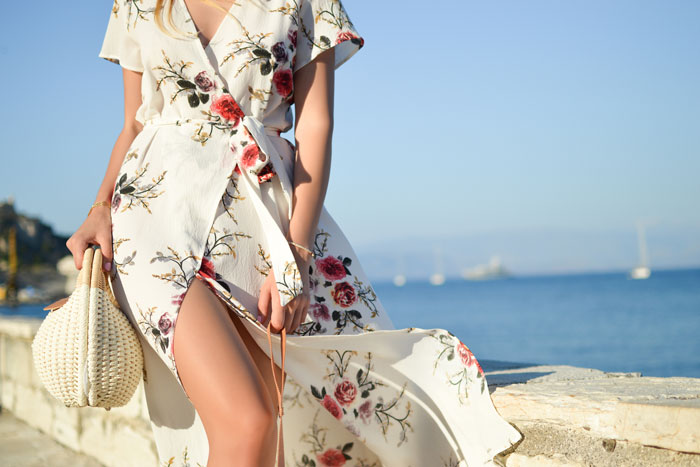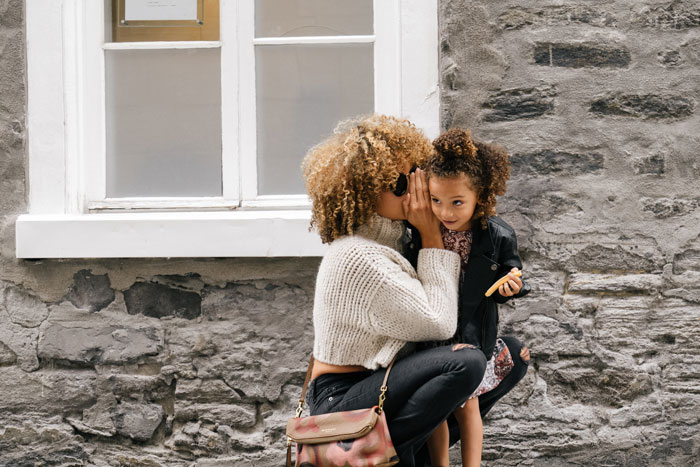- Home
- COOKIES
-
ALL CATAGORIES
HEALTH TIPS
TECHNOLOGY
ISLAMIC
FASHION
-
TECHNOLOGY
- HEALTH
How to Define Your Unique Fashion Style: Tips for Personal Expression
Meta Description
Discover how to define your unique fashion style with confidence, embrace individuality, and create a wardrobe that reflects your true self.
Introduction: Why Your Fashion Style Matters
Fashion is more than just clothing—it is a powerful form of self-expression. The way you dress tells the world who you are, how you feel, and even what you stand for. When you define your unique fashion style, you move beyond trends and instead create a personal brand that reflects your individuality.
In a world where fast fashion and fleeting trends dominate, finding and embracing your own style can feel empowering. Your style becomes an extension of your personality—whether it is bold, minimalistic, vintage, chic, or a mix of everything. The best part? There are no rigid rules.
This blog will guide you step by step on how to define your unique fashion style, offering practical advice, supportive tips, and mindset shifts that help you express your authentic self through fashion.
What Does "Unique Fashion Style" Mean?
Your unique style is not about copying the latest Instagram influencer or wearing every new runway trend. It is about:
- Personal Identity → Clothing that reflects your true self, values, and lifestyle.
- Consistency → A recognizable way you dress that feels comfortable and authentic.
- Confidence → Outfits that make you feel powerful, comfortable, and “you.”
Step 1: Understand Yourself First
Fashion begins with self-awareness. Before you define your unique style, ask yourself:
- What do I want my clothing to say about me?
- Do I want to look elegant, bold, artistic, professional, casual, or a mix?
- Which colors, fabrics, or cuts make me feel most confident?
Supportive Insight: Write down words that describe your personality—playful, calm, bold, creative, minimal, or adventurous. Your fashion style should echo these traits.
Step 2: Get Inspired Without Copying
Seek inspiration from Pinterest, magazines, Instagram, or celebrities—but adapt, don’t copy.
Example: If you admire Zendaya’s bold looks, adapt the confidence and color play instead of copying gowns directly.
- Create a mood board with outfits, patterns, or accessories.
- Notice recurring themes like pastels, denim, or blazers.
Step 3: Identify Your Signature Pieces
Every style has signature elements that define it:
- Leather jackets → edgy style
- Maxi dresses → bohemian style
- Tailored blazers → chic professional
- Sneakers → sporty streetwear
- Vintage accessories → retro vibe
Step 4: Play with Colors and Fabrics
- Neutrals like beige, black → Minimalist vibes
- Bright colors → Bold and playful
- Earth tones → Natural or boho-inspired
Fabrics: Cotton = casual, Leather/Silk = sophisticated, Denim = versatile. Mix combinations for balance.
Step 5: Mix Trends with Timeless Pieces
Trends come and go, but your style should stay consistent. Blend trendy with timeless staples:
- Timeless: white shirt, denim jacket, black trousers
- Trendy: neon sneakers, statement jewelry
Step 6: Prioritize Fit and Comfort
- Tailor clothes to your body shape.
- Choose comfort without losing style.
- Avoid trends that don’t suit you.
Step 7: Accessorize Smartly
Accessories transform simple outfits:
- Jewelry → minimal chains or bold necklaces
- Bags → structured handbags, totes, crossbodies
- Shoes → sneakers, heels, boots, sandals
- Scarves & hats → instant personality
Step 8: Build a Capsule Wardrobe
- Neutral tops
- Classic jeans
- Tailored blazer
- Comfortable sneakers
- A statement jacket
- Timeless accessories
Step 9: Experiment Without Fear
- Try new silhouettes.
- Mix casual with formal.
- Blend multiple aesthetics.
Step 10: Own Your Confidence
Confidence is the ultimate accessory. Carrying yourself with pride makes any outfit shine.
FAQs About Defining Your Unique Fashion Style
- Q1: Can I have more than one fashion style? → Yes, you can mix aesthetics.
- Q2: Do I need expensive clothes? → No, creativity matters more than money.
- Q3: How to stay consistent? → Build a capsule wardrobe.
- Q4: What if my style keeps changing? → That’s normal—style evolves.
- Q5: How to find inspiration without copying? → Adapt trends to your lifestyle.
Conclusion: Fashion as a Form of Self-Expression
Defining your unique style is about finding clothes that reflect your personality. When you understand yourself, balance trends with timeless staples, accessorize smartly, and carry confidence, your fashion becomes authentic and timeless. Fashion is your silent language—make sure it tells your story.
Leave a reply
- HEALTH





